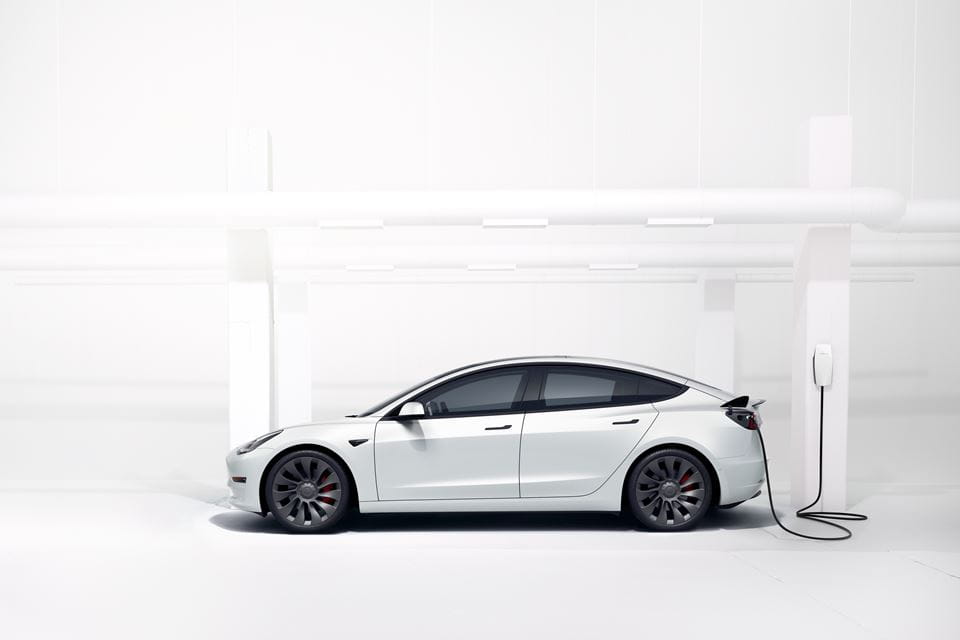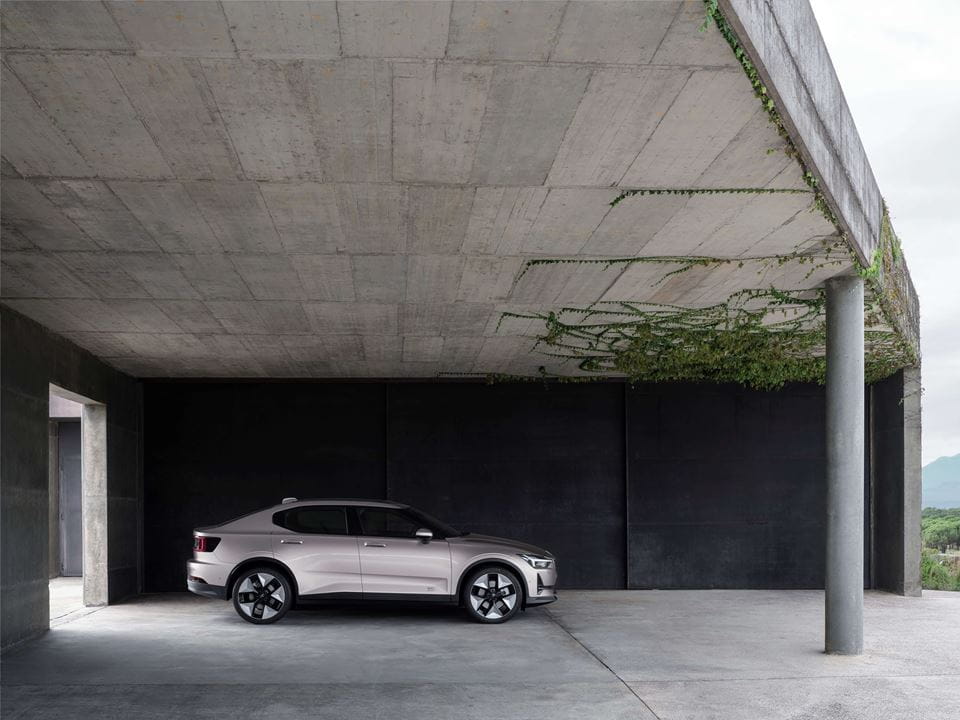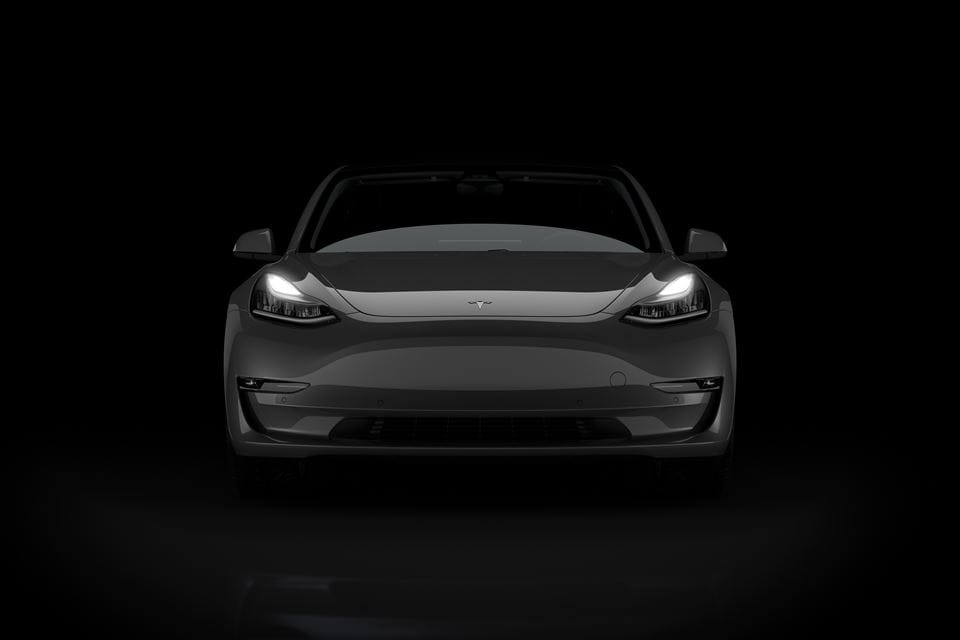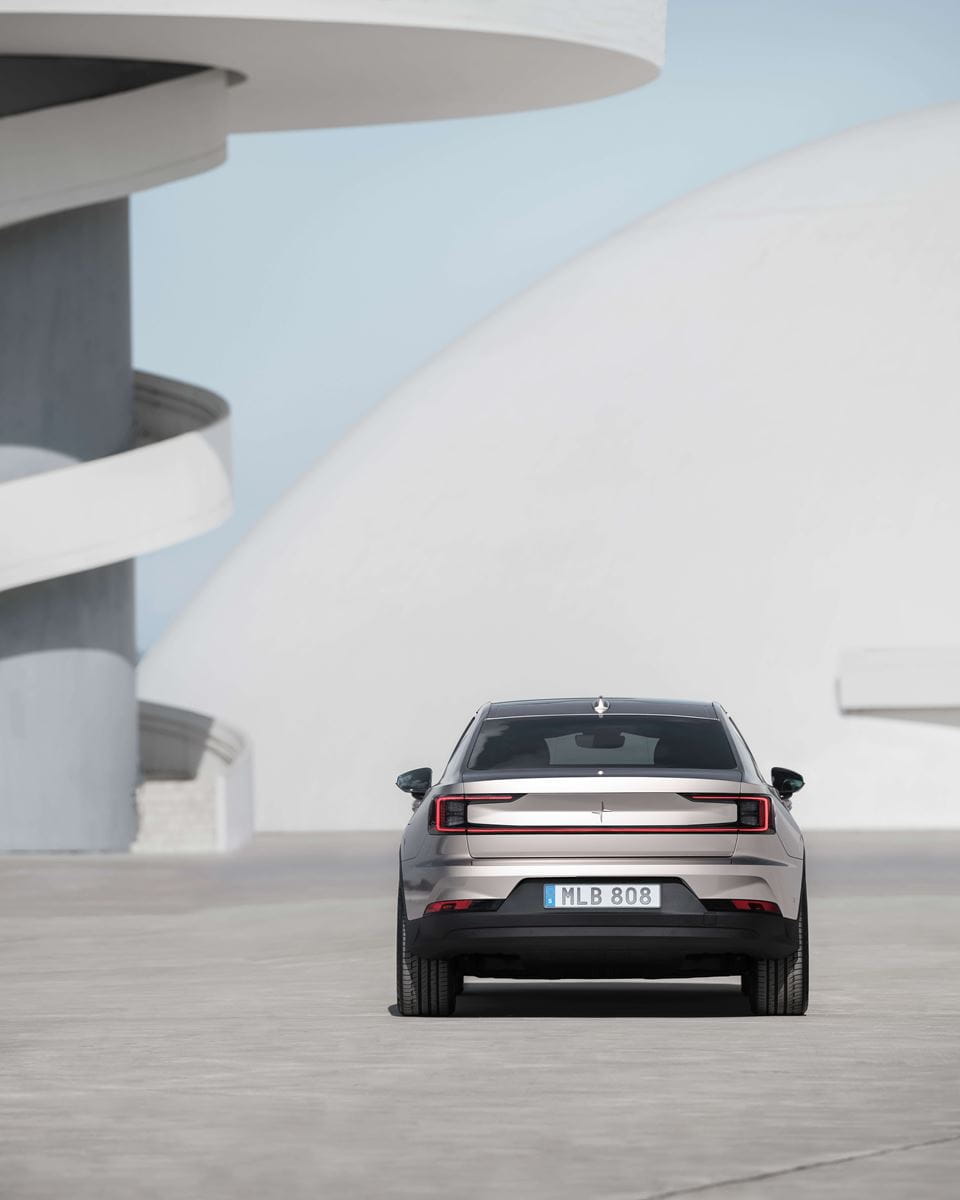2023 Polestar 2 vs. 2023 Tesla Model 3
Which electric vehicle Is right for you?
Choosing the perfect electric vehicle that aligns with your preferences and requirements can be a daunting task. In this comparison, we pit two popular contenders against each other: the 2023 Polestar 2 and the 2023 Tesla Model 3. These electric vehicles offer remarkable features and performance, but let's dive deeper to find out which one suits you best.
Polestar 2
More than just a “Tesla Killer”, the Polestar 2 handles and drives with real sophistication. Recognisably Volvo design on the outside, premium interior with all the safety features you could want and a state of the art infotainment system.

Price and value
In terms of affordability, the Tesla Model 3 takes the lead with a recently reduced starting price, making it an attractive option for budget-conscious buyers. However, the Polestar 2 offers a longer driving range and more horsepower, providing excellent value for those seeking a more dynamic driving experience.
When considering the price, it's important to note that the Tesla Model 3 offers different configurations, with the Performance model being priced higher. On the other hand, the Polestar 2 offers different trim levels, with the Performance version incorporating additional features and a higher price point. It's essential to compare the specific trims and features that align with your preferences and budget.

Interior comfort and technology
The Tesla Model 3 boasts a minimalist interior design with a large touch screen as the central control panel. While the materials are of high quality, it may not match the level of luxury rivals. However, the Model 3 provides a sleek and futuristic cabin that emphasizes simplicity and functionality. It's known for its quietness, improved fit and finish and intuitive user interface.
In contrast, the Polestar 2 offers a well-built cabin with premium materials and a modern design, inspired by its sister brand, Volvo. The overall layout is more intricate, featuring stylish accents and a sense of Scandinavian luxury. Its user-friendly infotainment system, powered by Android Automotive, provides a seamless and engaging experience. With features like Apple CarPlay integration and the "Hey Google" virtual assistant, the Polestar 2 offers an enhanced technological package.

Performance and efficiency
When it comes to acceleration, the Tesla Model 3 has an edge, with impressive 0-100 km/h times across its lineup. The base model can reach 0-100 km/h in as quick as 5.8 seconds, while the Performance variant boasts astonishingly fast acceleration, clocking in at just 3.1 seconds. Tesla's electric powertrain delivers instant torque and exhilarating performance, making it a compelling choice for those seeking a thrilling driving experience.
The Polestar 2, while not matching the Model 3's acceleration figures, offers respectable performance, especially in its dual-motor versions. It can reach 0-100 km/h in around 4.5 seconds, providing ample power for everyday driving. Both cars handle well and offer responsive driving experience, with the Polestar 2 offering a slightly sportier feel. In terms of efficiency and driving range, the Tesla Model 3 surpasses the Polestar 2, offering higher km/kWh ratings and a greater number of kilometers per charge. Tesla's focus on maximizing range and optimizing energy efficiency has resulted in impressive numbers, giving drivers confidence in their long-distance journeys. However, it's worth noting that the Polestar 2 still provides competitive efficiency and driving range, making it a practical choice for most daily commutes and road trips.

Conclusion
Both the Polestar 2 and the Tesla Model 3 have their own unique strengths and appeal. The Tesla Model 3 shines in terms of affordability, superior acceleration, and exceptional efficiency. It offers a minimalist interior with advanced technology and a reliable reputation. On the other hand, the Polestar 2 combines a luxurious cabin with impressive driving dynamics and cutting-edge features, making it a compelling alternative.
Ultimately, the choice between the Polestar 2 and Model 3 comes down to your personal preferences and priorities. If you value affordability, superior acceleration, and exceptional efficiency, the Tesla Model 3 is the clear winner. However, if you prioritize a more luxurious interior, dynamic driving experience, and advanced features, the Polestar 2 offers a compelling alternative.
It is recommended to test drive both vehicles and thoroughly research their individual specifications to make an informed decision based on your specific needs and preferences. Both the Polestar 2 and the Tesla Model 3 are exceptional electric cars, offering unique qualities that cater to different drivers.


